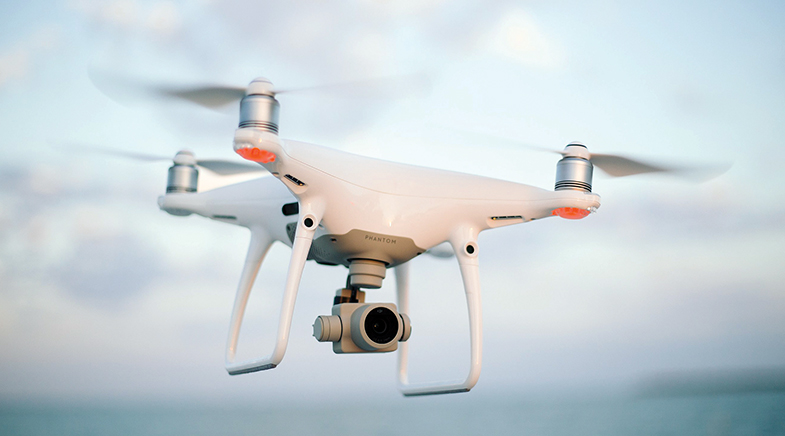A space start-up takes off into history
-
- from Shaastra :: vol 03 issue 05 :: Jun 2024

A Chennai start-up crafts space history with its single-piece 3D-printed rocket engine, powerful enough for small payloads.
Space history was made on May 30 when Chennai-based aerospace company AgniKul Cosmos became the world's first to launch a rocket using a single-piece 3D-printed semi-cryogenic engine. The Agnibaan rocket was launched as a sub-orbital technology demonstrator, from Dhanush, a launch pad developed by AgniKul in Sriharikota, Andhra Pradesh. "By next year, we'll be ready for a commercial orbital launch," says AgniKul CEO Srinath Ravichandran, rejoicing over the "perfect flight".
Additive manufacturing technology is used in rocket-building elsewhere, too, but the components are typically 3D-printed separately and welded together. Agnibaan's engine was made from a single piece. Initially, the AgniKul team printed the parts individually and tested them; it then conceptualised a design where the entire engine could be 3D-printed in one shot, says Satyanarayanan Chakravarthy, Professor of Aerospace Engineering at the Indian Institute of Technology Madras, and one of AgniKul's founding advisors.
When the AgniKul team acquired a 3D printer in 2022, it was the largest of its kind in India: a bed size of 400 millimetres a side cubic volume, and four lasers of 400 watts each. Additive manufacturing made it possible to build the engine in two to three days, against the months it would have otherwise taken.
The choice of 3D printing was strategic, as was the choice of a semi-cryogenic propellant, a mixture of the fuel and the oxidiser. AgniKul chose a combination of liquid oxygen with aircraft-grade kerosene. In other words, Agnibaan was powered by the same kerosene that powers airplanes. "We had a bottle of ATF (aviation turbine fuel) in our lab to test aviation engines, and AgniKul just started dipping into the bottle to experiment with it," says Chakravarthy.
The choice of 3D printing and the use of a semi-cryogenic propellant were strategic.
The semi-cryogenic engine is powerful enough for the smaller payloads (about 100 kg) that AgniKul is targeting; it is also clean, releasing only carbon dioxide and water.
The test flight gathered closed-loop guidance data, crucial for Agnibaan's orbital launch next year. With the data feedback, the vehicle can self-correct its altitude, velocity and position, says Chakravarthy. "It then has to gimbal in the right direction in order to stabilise itself at every moment." The flight controls and guidance system were developed in-house.
AgniKul is in talks with up to 12 potential customers, all satellite manufacturers. Chakravarthy points to the emergence of a clutch of Earth observation satellites to monitor crop yields or ocean for fisheries, and track container movements and the progress of large-scale construction projects. The May 30 launch puts AgniKul firmly in a higher orbit of growth.
See also:
Have a
story idea?
Tell us.
Do you have a recent research paper or an idea for a science/technology-themed article that you'd like to tell us about?
GET IN TOUCH














